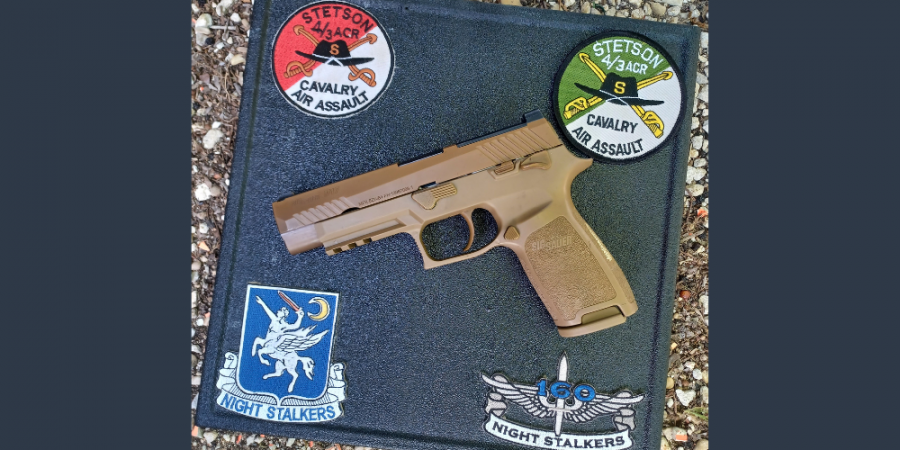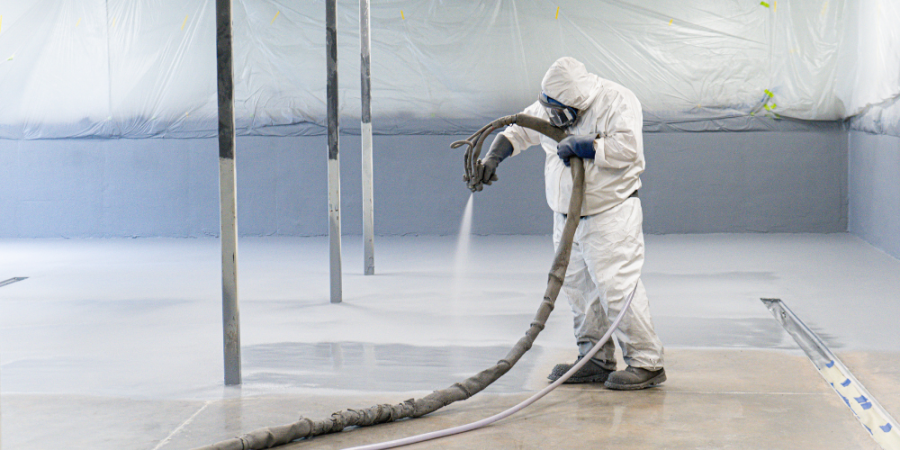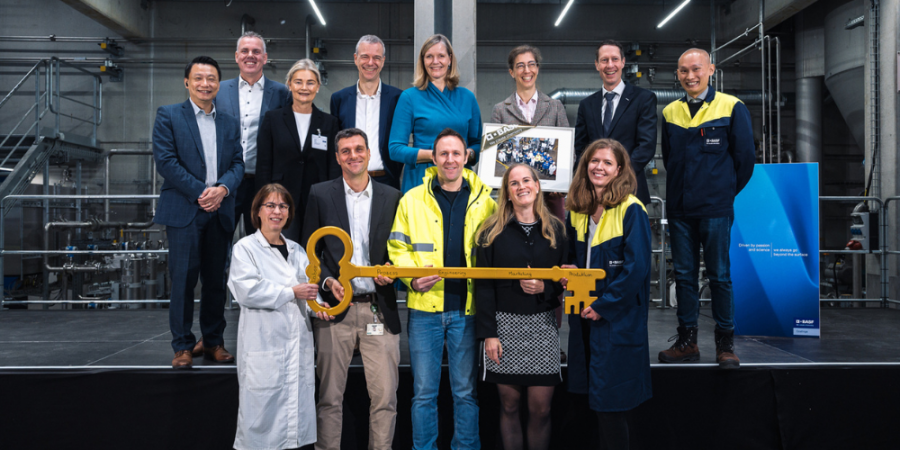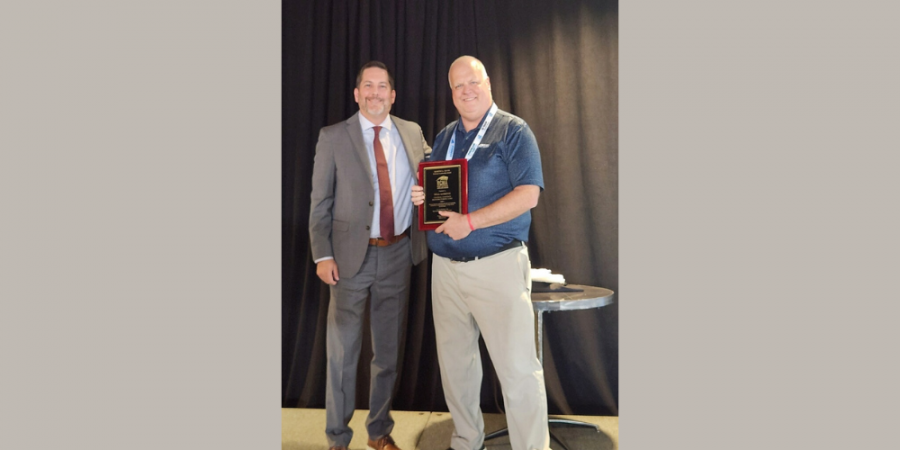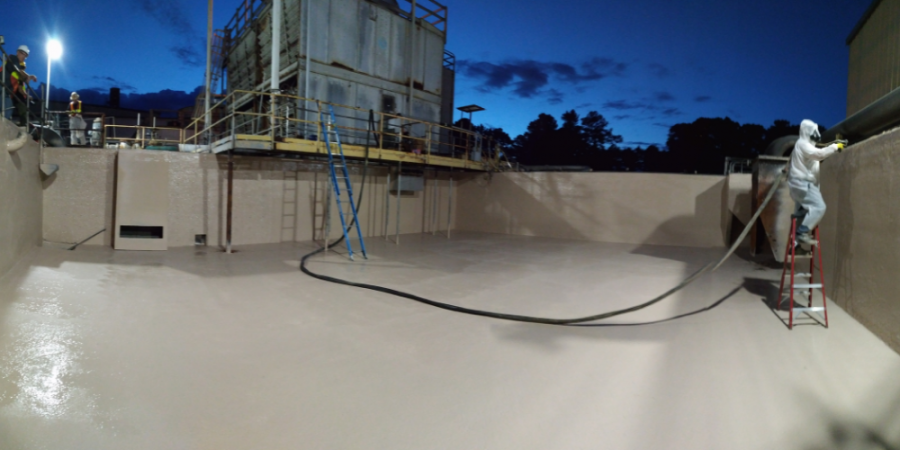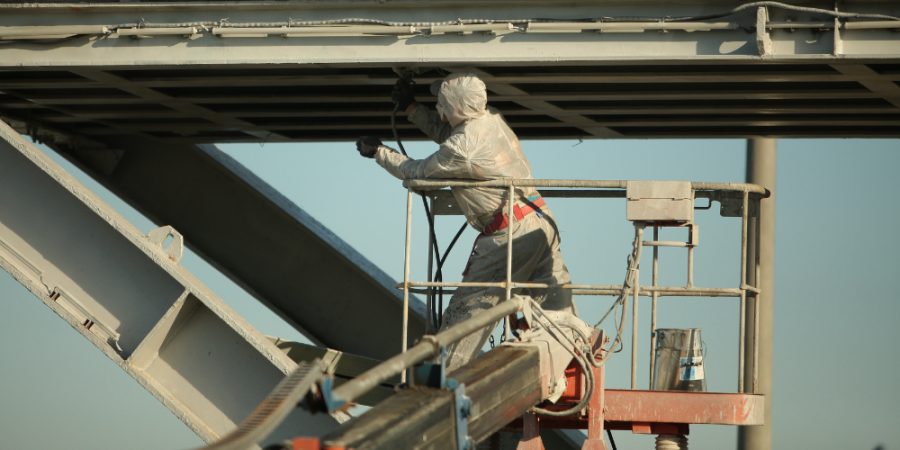Spray Foam in a Chicken Trailer Keeps Chicks Chirpy
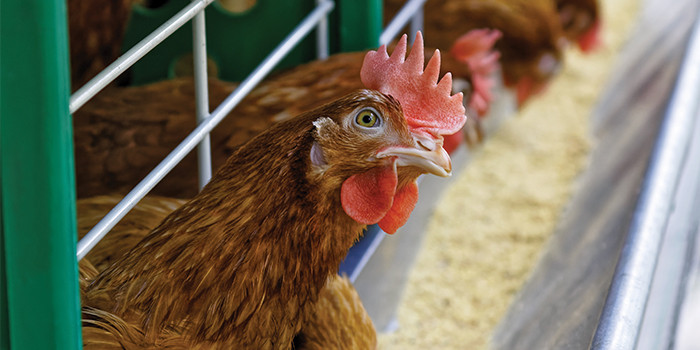

Spray Foam Magazine – Summer Issue 2022 – For more than 40 years, Smithway Inc. has been hauling chicks—literally. The Fairview, NC-based company offers trailers and truck bodies used to transport chickens for commercial use. It has curtain-sided trailers, plus teams with Great Dane Trailers to produce chick trailers that are completely self-contained, ranging from 24 feet to 53 feet long. The air-conditioned and heated units are powered by diesel generators with an emergency backup generator as standard equipment.
According to the company’s website, “In today’s environment of extreme hot and cold temperatures, as well as ever-increasing disease-control issues, these new curtain trailers provide delivery options for started pullets all the way up to market-ready birds.” This means the insulation and protection of these trailers are of the utmost importance. The chicks need to be protected from the elements and secured in a way that will not spread disease and allow for transportation in the most humane way possible. So when the company needed new specialty trailers for hauling chickens, it turned to FF Adhesive & Insulation Inc.
The local contracting company provides spray polyurethane foam (SPF) insulation, acrylic and silicone coating solutions. The company has more than 30 years’ experience in the business and employs 13 people.
“They originally called us because we’re local here,” said Jake Leonard, president of FF Adhesive & Insulation Inc. “I’ve never known anything about the chicken industry; I thought there’s just the chicken trailer. All I see is flat beds with the feathers all flying off of the chickens, but these guys design this.”
Leonard does know SPF, but this niche was new to him. As he learned more about Smithway, he saw how complicated it was.
“They were in the chicken business, started hauling the chicks from the grow house—from the hatchery—to the grow house, and then they designed the trailer,” Leonard said. “Long story short, they had some new problems during COVID, they contacted me, we put our heads together, and came up with a good solution with the polyurea coating on there.”
Passed With Flying Colors
The problem was that the fiberglass liner on the trailers, which had been installed by a previous company, was delaminating from the plywood. “And as the semis are hauling chicks back and forth with the bouncing around, the fiberglass would pop off of the plywood,” said Jed Stellmacher, the owner of Oak Ridge Foam & Coating Systems, Inc., the coating and SPF vendor on this project.
For this job, the FF Insulation team applied SPF and coatings to new steel 50-foot Great Dane Trailers. They opted to go with the two-pound InsulBloc closed-cell spray foam insulation and OR 93 polyurea.
Before the products could be installed, Oak Ridge first needed to test out the products for this specific type of application. “Once we got hooked up with these guys, we went through testing,” Stellmacher said. “They soaked the samples in a harsh chemical that the chicken industry cleans everything with, and it passed with flying colors with it.”

Between the framing, foam installation, and coating application, the 1,600 sq.ft. trailer, the project was completed in about three days.
Smooth Operator
FF Insulation had a crew of four. First, they emptied the trailer, then installed one foot by four foot wood framing and sprayed two to three inches of the closed-cell spray foam on the walls and ceiling. The crew trimmed down the foam as needed and installed sanded plywood over the foamed areas.
“We tested different designs. We tried to save weight with plywood on the walls and foaming the roof, keeping it smooth, and then just foam and then polyurea,” Leonard said. “It was wavier than I was liking, because we have a certain standard. The trailers are quite expensive. The next trailer we did was frame veneer. We started with a CDX plywood, sprayed the rougher textured plywood. Then we went to a standard plywood. I think the main thing is prepping it properly before applying the polyurea.”
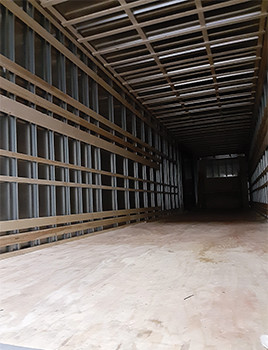
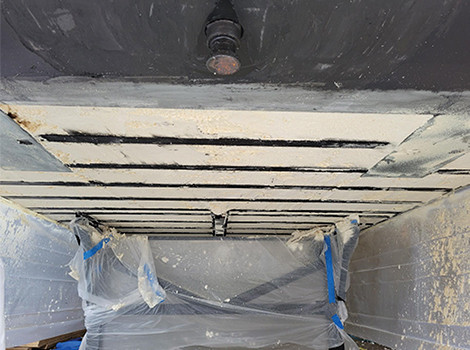
The FF Insulation crew emptied the trailer before installing wood framing and closed-cell spray foam on the walls and ceiling. They trimmed down the foam as needed and installed sanded plywood over the foamed areas.
Prepping is so important because “whatever the poly sprays to, that’s the form it takes,” Leonard said. “If there’s a rougher looking area, or seams not sealed it basically will show it on there. Now you can’t see the plywood, it looks like a big white wall.”
Once prepped, the crew applied the spray foam using a PMC PH2. Next, they sprayed 60–80 mils of the polyurea using a Gusmer plural-component system. They lightly sanded as needed before topping off the system with Sherwin-Williams’ white Acrolon 218 coating. Lastly, FF Insulation painted any areas not coated using the OR93, installed the ventilation and electrical equipment in the truck.
Successful System
Overall, the 1,600 sq.ft. trailer, on average, took three days for the framing, spraying the foam, and polyurea application. The crew wore respirators, Tyvek suits, and gloves. Since the work was completed inside a controlled environment, no environmental concerns or local laws factored into the process.
Once completed, Stellmacher and Leonard were pleased with the process and it looks great. “I think we’re ahead of the game as far as sealing any crevices. Anytime you’re putting a live being in there, you’ve got moisture from nothing but its breath,” he said. “But waterproofing has worked well for us. We already redid one of the old-school trailers. We had
to remove the plywood, reapply it and then seal it back up with the polyurea. So, we haven’t been doing it that long with the polyurea, but we haven’t seen any failure or issues. I mean, it’s a completely seamless system, it’s really a lot better than the other systems used prior on the trailers.”
Care for the trailer cabins, the chickens, and the client combined to close this project on a good note.
Disqus website name not provided.




